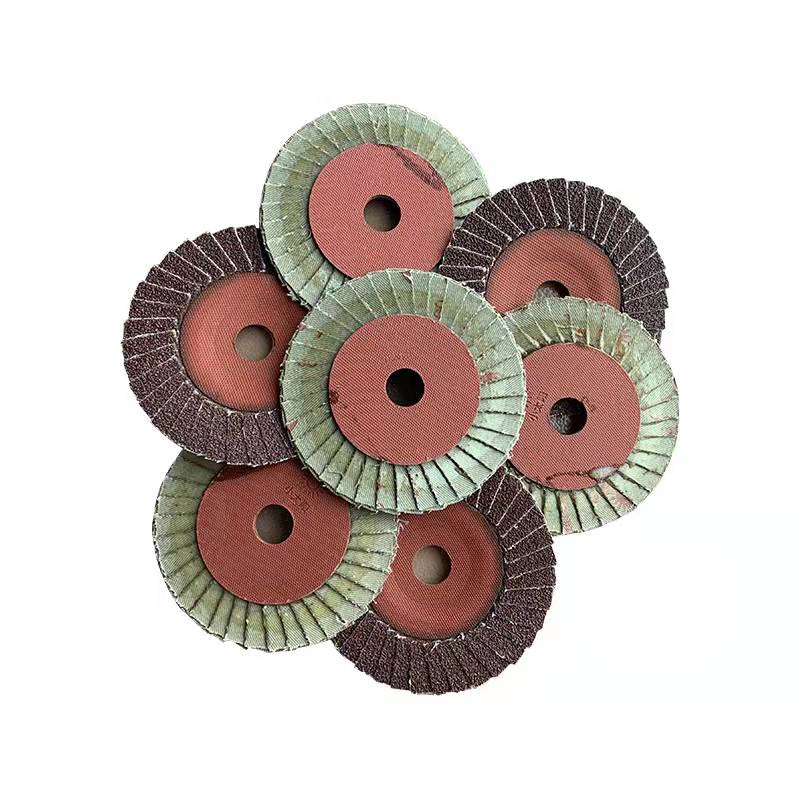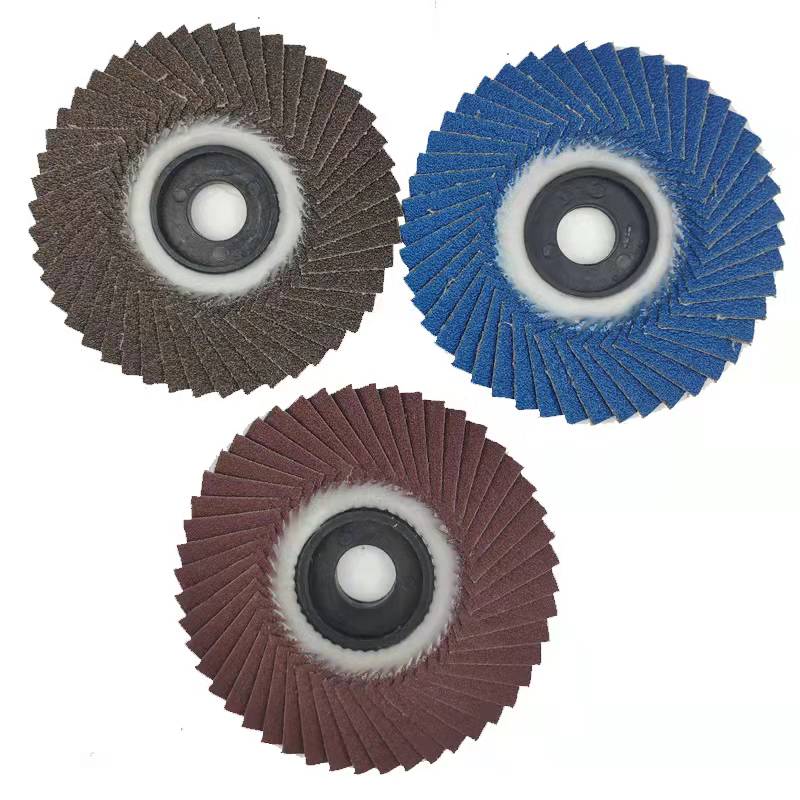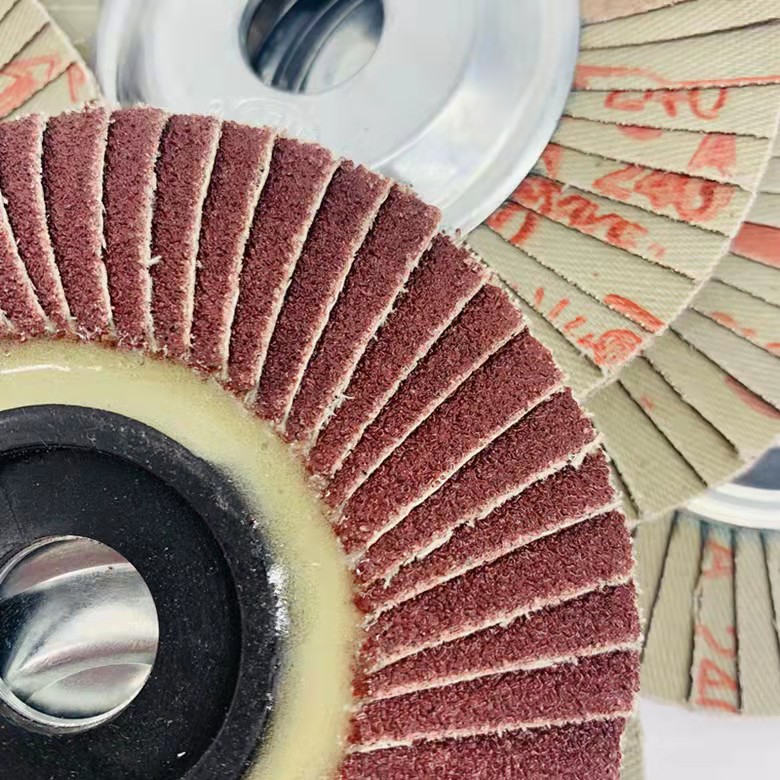Problem paint is an important part of interior decorating, and it is prone to some thorny problems that make people helpless. In fact, as long as you find out the real cause of the problem, it is not difficult to have satisfactory results for the remedy. The following is a solution to the problems that are easily caused by paint, so that you can be more comfortable in the interior decoration.
Paint peeling
It may be because the surface is too smooth. If the original paint is lacquer or powder (with untreated sizing paint), the new paint will not stick to the surface. Or it may be wood decay or metal rust, or peeling off due to poor paint quality.
A small area of ​​paint is peeling off. It can be sanded with fine sandpaper, then putty put on it, brushed with a primer and repainted. Exfoliation over a large area must scrape all the paint off and repaint it.
Paint foaming
First of all, the puncture is broken. If there is water coming out, it means that under the lacquer layer there is moisture infiltration underneath or behind it. After the sun shines and the water evaporates into vapor, the paint is lifted up into foam. At this point, the blistering paint is removed with a hot air gun, the wood is allowed to dry naturally, then the primer is applied, and finally the entire repair surface is repainted.
If there is no water in the bubble, it may be cracked wood grain, there is a small amount of air, the sun through the sun, the air expands, the paint bulge. Faced with this situation, first scrape off the blistering paint, then use a resin filler to fill the cracks, repaint it, or use no filler. After the paint is peeled off, apply a microporous paint directly.
Cracked
In most cases, the paint must be removed with a chemical paint remover or a hot air gun and then repainted.
If the fracture range is not large, then sanding blocks or wet or dry sandpaper can be used to dilute the broken paint. After the surface has been smoothed, apply putty, apply a primer, and repaint it.
Paint flow
Once the paint is too thick, it will cause runny. The paint can not be dry yet. Brush it with a brush. If the paint has started to dry, dry it. Use a fine sandpaper to smooth the paint, clean the surface, clean it with a damp cloth, and re-apply it. Outer paint, be careful not to brush too thick.
Stain
There are many causes of stain on the paint surface. For example, the moisture in the latex paint dissolves the substance on the wall and the paint surface is rusted. The wall surface that is rubbed with the steel wool will cause rust spots, and the dark pipe inside the wall will appear with stains. In order to prevent stains, a layer of primer containing aluminum powder may be applied first. If stains are present, remove the emulsion paint at the stains first, brush the primer layer containing aluminum powder, and then re-paint.
Moldy discoloration
This problem occurs most often on wet paint surfaces, such as when water vapour condenses on glass or metal surfaces. At this point can be used fungicides, according to the instructions of the instructions to deal with moldy parts, to be killed after the mold, the surface clean and then re-paint.
Tarnished
The reason is that the primer is not applied, or the primer and the inner layer of the paint are not dry, and the light paint is directly applied. As a result, the light paint is absorbed by the wood and loses luster. The poor quality of glossy paint is also a reason.
Grind the old paint with wet or dry sandpaper, brush the dust, wipe the surface with a clean, damp cloth, and dry the paint again.
It is important to pay attention to the fact that paint is applied in very low temperatures and the paint film may lose its luster after it has dried.
Wrinkle film
It is usually caused by the second pass of the first pass of the paint. At this time, the solvent in the lower layer paint will affect the upper layer of the film to make it wrinkle.
In this case, the wrinkled paint film can be removed by chemical amalgamation or heating and repainted. Remember, we must wait until the first time after the paint is dry before we can go on the second pass.
Rough paint
The newly painted surface is rough, usually the paint brush used is not clean or contaminated by the surrounding environment. It is also possible that the paint is mixed with patent leather, which has not been precipitated and filtered before use, or has been dusted when the paint is dry.
In order to prevent these problems from occurring, clean paint brushes and paint buckets must be used. Before using the old paint, be sure to filter it with paint filter paper or clean nylon stockings. In addition, the painted surface should be covered with a cover or cardboard when the paint is dry to prevent dusting.
If the paint is rough, after it has dried, use a wet or dry sandpaper to polish it and clean it, then repaint it. Pay special attention to the paint brush must be clean.
Dark spots on the painted wood surface
It may be that the wooden section was not sealed before being painted. After the sun was exposed to the sun, the wood section was heated and the resin leaked from the knot. At this point scraper can be used to scrape off the paint, and then polished with fine sandpaper to expose the knots, seal the knot with a knotted paint, and wait until dry, and then re-paint.
Do not paint
Indoor ventilation is not good or the temperature is too low, the paint will dry slowly. It is possible to open all doors and windows to promote ventilation, or put a heater indoors to increase room temperature.
If it still fails to solve the problem, it may be that the painted surface is greasy. This can be removed with a chemical paint remover or a heating method, thoroughly rubbing the surface, and then repainting.
The lacquer sticks to the bug
Try to remove the insects when the paint is dry, and then use a brush to dip a little oil to gently repair the surface. If the paint has started to dry out, wait for the paint film to harden completely, and then wipe off the bug. This will not mess the surface.
Floor purchase Three trees Paint Paint Lacquer paint Coatings Decor Glass doors
Flap Disc
Flap disc, commonly known as flat emery cloth wheels, emery discs, flower impellers or elastic grinding discs, are a large variety of coated abrasive conversion products, which press the cut coated abrasive sheets one by one. It is formed by sticking adhesive to the back cover plate along the circumference. The flap disc are called strong elastic grinding discs. They are made of calcined emery cloth, which uses mesh, nylon, plastic, steel paper and other materials as the base. Attached abrasive tools, evenly distributed in a fan shape to ensure the best grinding effect. The particle size is 36#-320#, 60# and 80# are the most common, and the outer diameter is 4"-7" installed on the angle grinder. Angle grinders are mainly installed on hand-held Power Tools to polish and polish welds, burrs, chamfers, surface rust removal, and surface polishing of various metal and non-metal parts.

The flat emery cloth wheel (flap wheel) is formed by sticking multiple emery cloth sheets on the tray in a fan-shaped superimposed arrangement, and the bonding angle between each emery cloth and the tray plane is 10°-30°. The emery cloth arrangement of the utility model can make When the abrasive cloth wheel grinds and polishes the workpiece to be processed, the cutting angle is optimized to ensure that the base material of the abrasive cloth wheel and the grinding are consumed simultaneously, which obviously improves the overall wear resistance and grinding efficiency of the flat abrasive cloth wheel, and prolongs the service life of the abrasive cloth wheel. Grind the surface of metallic and non-metallic materials.

product advantages:
Compared with the resin grinding wheel for fixed abrasives, it has the advantages of polishing and polishing at one time, shortening the operation time, saving the grinding cost, high efficiency, good heat dissipation, high grinding efficiency, reducing operator fatigue, increasing machine life, etc. It has strong elasticity, High tensile and bending strength and good grinding effect. The grinding speed is fast, the effect is good, and the noise during grinding is low. It is suitable for various industries or fields of manufacturing such as major metal parts factories and machinery factories. Good weather resistance, salt spray resistance and heat resistance, suitable for use in different regions.
Scope of application:
It is suitable for polishing of stainless steel, metal, metallurgy, automobile, wood, marble and other industries. It is especially suitable for the processing of stainless steel and can replace the resin-shaped grinding wheel. It has strong elasticity, high tensile and bending strength, good self-sharpening, high grinding rate, and low noise. It is suitable for welding seams in the box. Polishing of the edges.
There are different classifications of louvers according to different angles. The following are two common classifications:
According to the appearance: T27 VS T29
Flap disc generally have two shapes, curved and flat.
The flap disc type is also called the T27 type, and the curved type generally refers to the T29 type.
The flap disc type (T27) has a flat surface. It is mainly used to polish the flat surface and the external edges and corners. The flap disc and the workpiece are angled during work, which can complete the grinding and polishing at one time, reducing the work flow.
The curved surface of the curved louver (T29) has an upward arc, which makes the T29 flap disc have a better cutting ability on the plane. When working, the T29 type grinding wheel forms an angle of 15° to 25° with the grinding surface, which is mainly used to deal with the grinding of contours and edges. When there are higher requirements for speed and cutting ability, T29 flap disc is undoubtedly the best choice.
The related abrasive products we can supply is Flap Disc Adhesive, Bonded Abrasives , and Abrasive Machine such as Flap Disc Making Machine,Abrasive Belt Making Machine, Flap Wheel Machine , Polishing Machine ,Sanding Disc Machine, if you have any needs about abrasive tools, please kindly feel free to contact us.

According to the type of abrasive particles: ceramic alumina VS zirconium corundum VS alumina
According to the type of abrasive selected, the flap disc can be divided into three types: ceramic alumina, zirconium corundum and alumina.
Because ceramic alumina itself has many crystals, it has good self-sharpening, relatively neat edges, good heat dissipation, and long service life. Therefore, ceramic alumina louvers are mainly used for the grinding of stainless steel, aluminum and other hard metals.
Zirconium corundum itself is a polycrystalline crystal, with fast cutting speed, good self-sharpening, and strong resistance to high pressure and high temperature. Therefore, zirconium corundum louver blades have strong cutting ability and long service life.
Alumina: single crystal, the cutting ability begins to decline at the beginning of grinding, and the abrasive grains are not easy to break, so the alumina flap disc is suitable for the processing of common metals.
Flap Disc,Flap Disc Machine,flap disk 4.5,Polishing Flap Disc,Sandpaper Flap Wheel
Zhengzhou Jiading Abrasive Manufacturing Co.,Ltd , https://www.jiadingabrasive.com